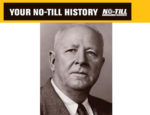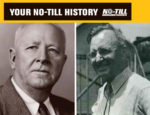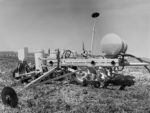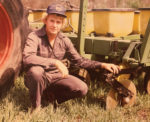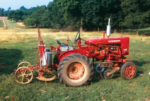Advertise Follow Us
No-Till History
No-Till’s First Prophets
Two ‘founding fathers’ were instrumental in setting the stage for no-tillage, yet never got to see it in practice before their deaths.
Read More
The Most Iconic Covers in No-Till Farmer’s Storied History
Here are some of the best covers No-Till Farmer has published as the magazine celebrates its 50th anniversary.
Read More
Remembering the Early Days of No-Till Planters
An Allis-Chalmers service department veteran recalls some of the difficulties with getting the first commercially-available no-till planters to market.
Read More
The No-Till Planter Race: Did IH Get There Before A-C?
International Harvester appears to have been the first to come to market with a no-till concept planter — 13 years before Allis-Chalmers’ model found commercial success in 1966. But IH exited production just 2 years later after only 23 shipments.
Read More
Reminiscing on No-Till’s Revolution
Four no-till pioneers share how they’ve seen the practice change over the last few decades and what factors will play a role in its future.
Read More
No-Till’s First Field
It’s only 7/10ths of an acre separated by a drainage ditch from the rest of a 180-acre field, but it’s been continuously no-tilled for 60 years.
Read More
The ‘Triple Crown of No-Tillage’ Spotlights Three Unique Anniversaries in 2022
No-Till’s First Farm Field, First 100% No-Till Publication and the First National No-Tillage Gathering
Read More

